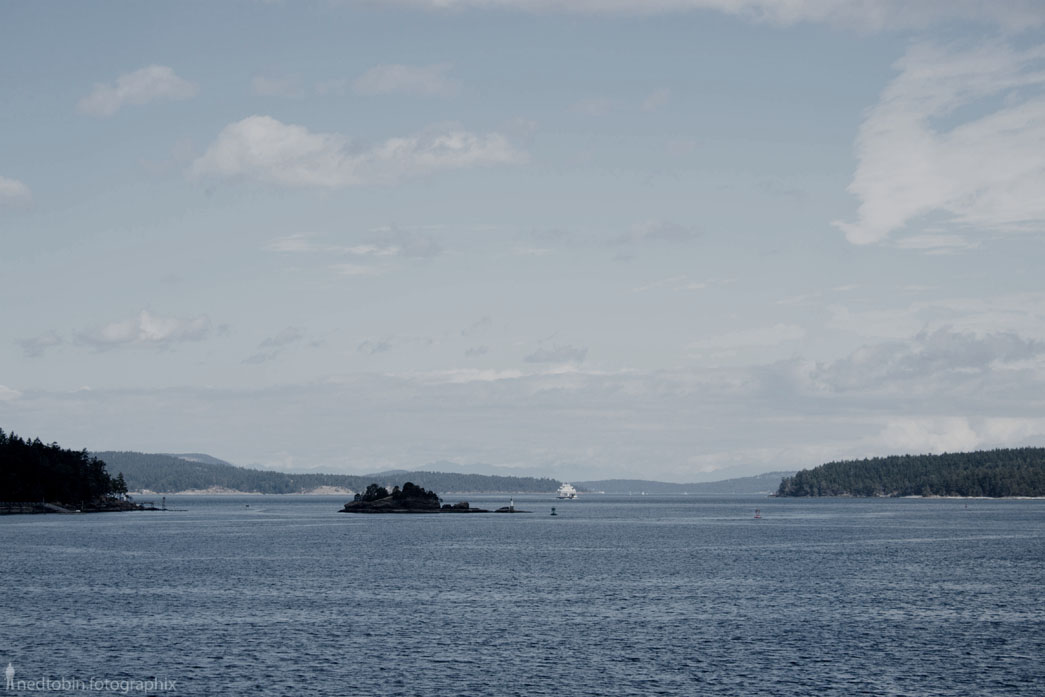A very interesting article written by David Suzuki recently delving into the aftermath of Fukushima in the wake of the nuclear emergency caused by the earthquake and tsunami in March 2011.
_________________________________________________________________
An Internet search turns up an astounding number of pages about radiation from Japan’s Fukushima Daiichi nuclear power plant meltdown that followed an earthquake and tsunami in March 2011. But it’s difficult to find credible information.
One reason is that government monitoring of radiation and its effects on fish stocks appears to be limited. According to the Woods Hole Oceanographic Institution, “No U.S. government or international agency is monitoring the spread of low levels of radiation from Fukushima along the West Coast of North America and around the Hawaiian Islands.”
The U.S. Food and Drug Administration’s most recent food testing, which includes seafood, appears to be from June 2012. Its website states, “FDA has no evidence that radionuclides from the Fukushima incident are present in the U.S. food supply at levels that would pose a public health concern. This is true for both FDA-regulated food products imported from Japan and U.S. domestic food products, including seafood caught off the coast of the United States.”
The non-profit Canadian Highly Migratory Species Foundation has been monitoring Pacific troll-caught albacore tuna off the B.C. coast. Its 2013 sampling found “no residues detected at the lowest detection limits achievable.” The B.C. Centre for Disease Control website assures us we have little cause for concern about radiation from Japan in our food and environment. Websites for Health Canada and the Canadian Food Inspection Agency yield scant information.
But the disaster isn’t over. Despite the Japanese government’s claim that everything is under control, concerns have been raised about the delicate process of removing more than 1,500 nuclear fuel rod sets, each containing 60 to 80 fuel rods with a total of about 400 tonnes of uranium, from Reactor 4 to a safer location, which is expected to take a year. Some, including me, have speculated another major earthquake could spark a new disaster. And Reactors 1, 2 and 3 still have tonnes of molten radioactive fuel that must be cooled with a constant flow of water.

Photo source: Ned Tobin | www.nedtobin.com



